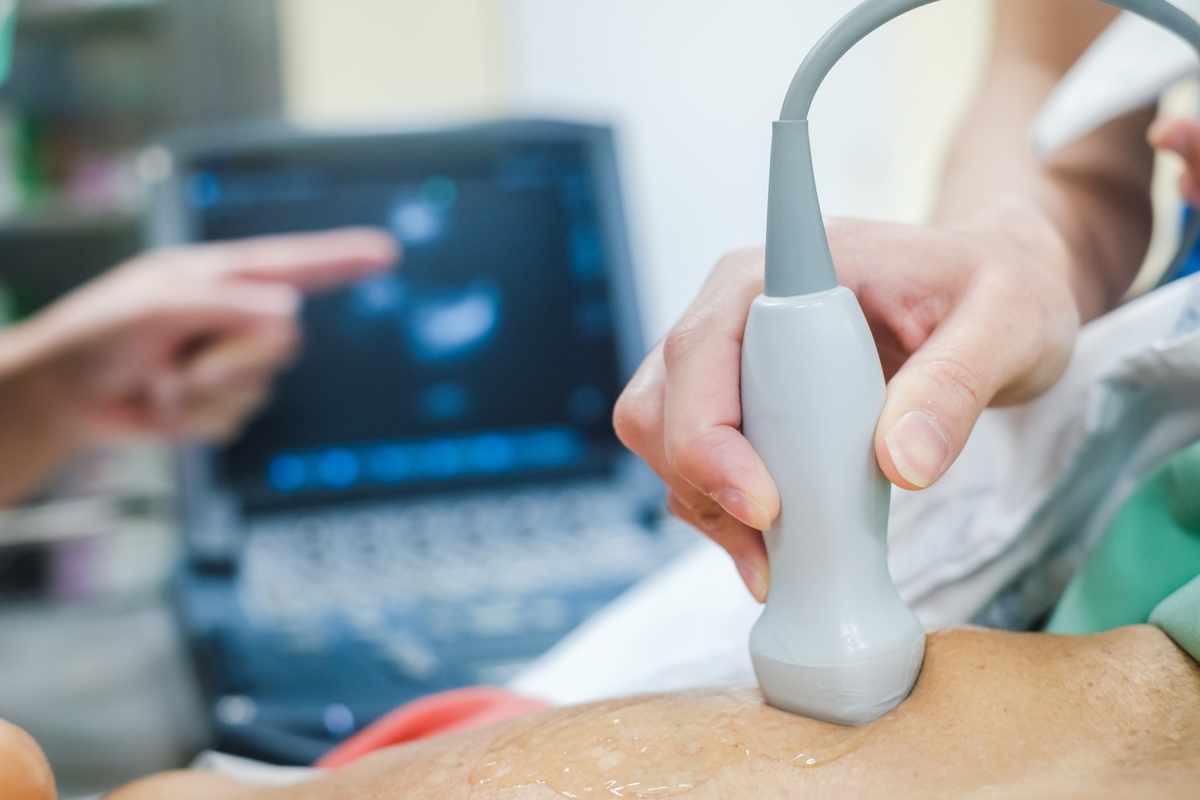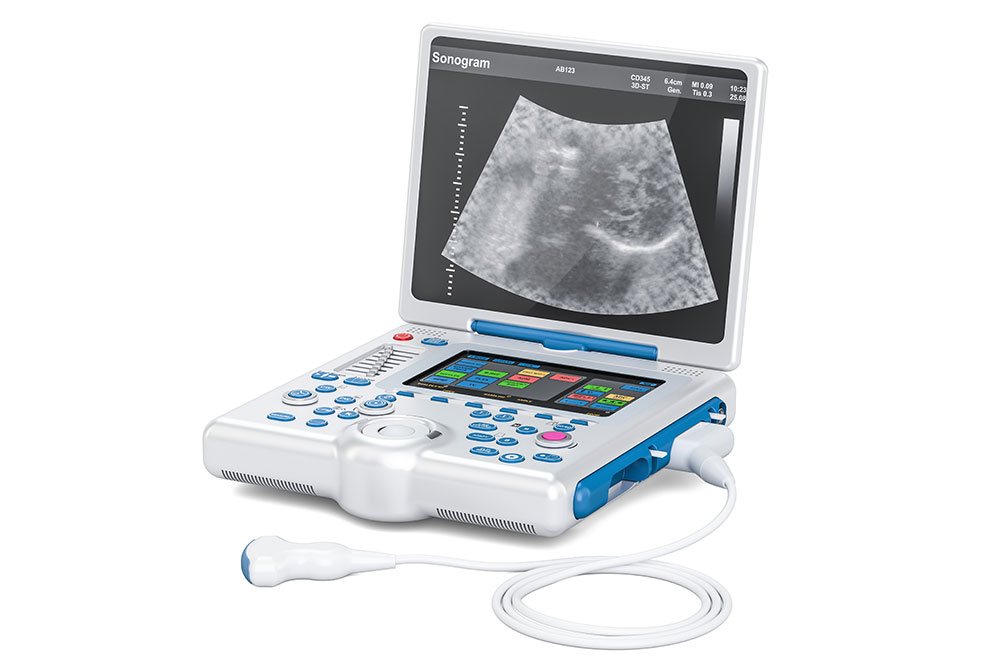Revolutionizing Healthcare in Mexico: The Rise of Advanced Ultrasound Technologies
Mexico is rapidly advancing its ultrasound technology sector, integrating innovative solutions like 3D imaging, elastography, and AI to enhance diagnostic precision. These developments improve patient care across obstetrics, cardiology, and vascular medicine, especially in remote areas through portable devices and tele-ultrasound. Mexico's strategic focus on technological innovation is transforming healthcare, making diagnostics safer, more effective, and accessible nationwide. This article explores how these advancements shape the future of medical imaging in Mexico, promising better health outcomes and broader healthcare accessibility.

Revolutionizing Healthcare in Mexico: The Rise of Advanced Ultrasound Technologies
In recent years, Mexico has experienced significant advancements in medical imaging technology, particularly in the development and application of cutting-edge ultrasound analysis tools. These technological strides are transforming diagnostic procedures, providing healthcare professionals with more accurate, efficient, and non-invasive options for patient assessment. This comprehensive review explores the growing importance of ultrasound technology in Mexico's healthcare system, the diverse clinical applications it serves, and the innovative breakthroughs propelling its rapid growth and integration across various medical disciplines.
The Critical Role of Ultrasound in Modern Healthcare
Ultrasound, also known as sonography, employs high-frequency sound waves to produce real-time images of internal bodily structures. Unlike radiation-based imaging techniques such as X-rays or CT scans, ultrasound is inherently safe, making it an indispensable tool in many medical contexts. Its non-invasive nature allows for repeated use, aiding in continuous patient monitoring without exposing patients to harmful radiation effects. This technology's versatility and safety profile have positioned it as a frontline diagnostic modality across numerous healthcare settings in Mexico.
Mexico's rapid adoption and integration of ultrasound imaging are driven by many factors, including technological innovations, economic considerations, and the country's commitment to expanding healthcare accessibility. Key benefits fueling this growth include:
Safety: Ultrasound's lack of ionizing radiation makes it a safer alternative for vulnerable populations like pregnant women and children.
Versatility: From imaging the heart to the reproductive organs and blood vessels, ultrasound adapts seamlessly to various clinical needs.
Accessibility: The proliferation of portable and handheld ultrasound devices allows health services to reach remote and underserved communities, bridging geographic gaps.
Cost-Effectiveness: With lower costs compared to MRI or CT scans, ultrasound reduces financial burdens on both healthcare systems and patients, facilitating more widespread use.
Expanding Applications of Ultrasound in Mexico’s Healthcare Sector
Ultrasound technology’s adaptability makes it essential in numerous medical fields, enhancing diagnosis, guiding treatments, and monitoring disease progress. Its diverse applications reflect its broad utility across the healthcare landscape.
Key medical specialties leveraging ultrasound include:
Obstetrics and Gynecology: Ultrasound remains foundational in prenatal care, supporting fetal development monitoring, detecting anomalies, and guiding obstetric interventions. It enables healthcare providers to assess fetal growth, placenta position, and detect congenital malformations early, ensuring better pregnancy management.
Cardiology: Echocardiography, a specialized ultrasound of the heart, has become vital in diagnosing heart valve problems, arrhythmias, cardiomyopathies, and congenital heart defects. It offers real-time insights into cardiac function, enabling timely treatment decisions.
Abdominal Imaging: Ultrasound provides detailed images of vital organs such as the liver, kidneys, gallbladder, and pancreas. It aids in diagnosing stones, tumors, cysts, and infections, facilitating accurate and prompt management of abdominal conditions.
Vascular Imaging: Doppler ultrasound techniques evaluate blood flow in arteries and veins, crucial for diagnosing conditions like deep vein thrombosis, carotid artery disease, and peripheral arterial disease. These assessments help prevent strokes and other serious complications.
Musculoskeletal Imaging: Ultrasound is instrumental in sports medicine and orthopedics for assessing muscles, tendons, ligaments, and joints. It guides treatment plans for injuries, tears, and inflammations, enabling minimally invasive and precise interventions.
Technological Innovations Revolutionizing Ultrasound in Mexico
The field of ultrasound technology continues to evolve rapidly, introducing innovations that significantly enhance imaging quality, diagnostic accuracy, and clinical workflow. Mexico is at the forefront of embracing these advancements, which include:
3D and 4D Ultrasound: These technologies produce volumetric and real-time images, facilitating detailed visualization of fetal movements and anomalies. They are particularly transformative in obstetric care but also find applications in tumor assessment and organ evaluation.
Portable and Handheld Devices: Compact ultrasound machines provide immediate imaging capabilities at the point of care, especially beneficial in rural or emergency settings where access to traditional equipment is limited.
Elastography: This innovative technique measures tissue stiffness, aiding in the detection of liver fibrosis, tumors, and other pathologies without invasive procedures. Its integration reduces the need for biopsies, improving patient comfort and safety.
Artificial Intelligence (AI) Integration: AI-powered tools enhance image analysis, automate the detection of abnormalities, and streamline diagnostic workflows. These systems increase accuracy and reduce interpretation time, leading to better patient outcomes.
Tele-ultrasound and Remote Diagnostics: Leveraging telemedicine, this technology enables remote expert consultations and diagnoses, overcoming geographical barriers and expanding specialist access in underserved regions.
Summary and Future Outlook
Ultrasound analysis tools are integral to Mexico's medical landscape, offering safe, flexible, and affordable diagnostic solutions. Continuous technological innovations, such as 3D imaging, elastography, AI, and telemedicine, are elevating diagnostic precision and expanding access to quality healthcare. As Mexico continues to adopt and develop these cutting-edge ultrasound technologies, the future outlook remains optimistic, promising enhanced diagnostic accuracy, improved patient management, and broader healthcare equity across the nation.




